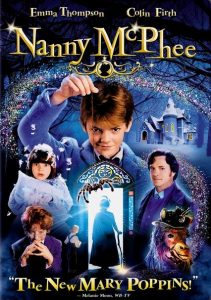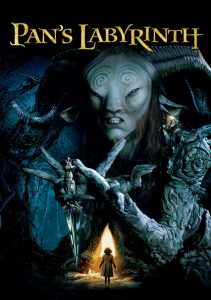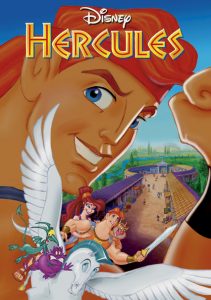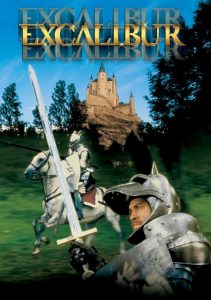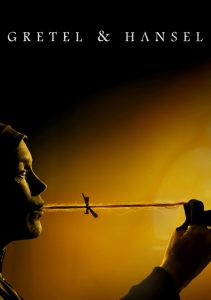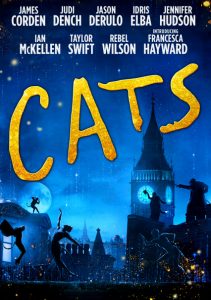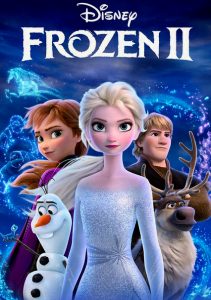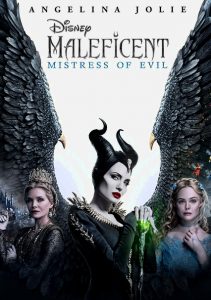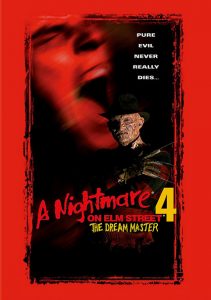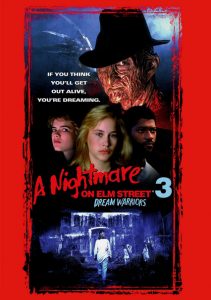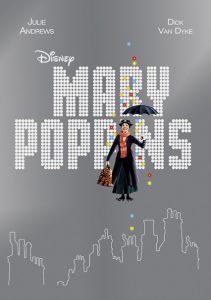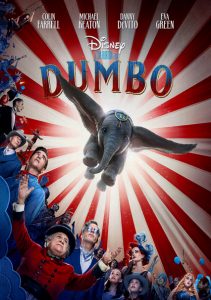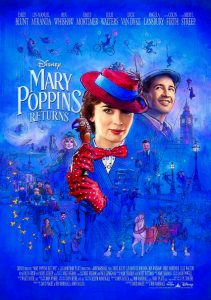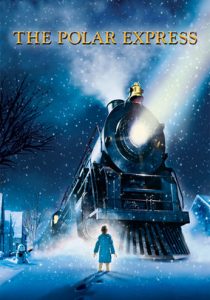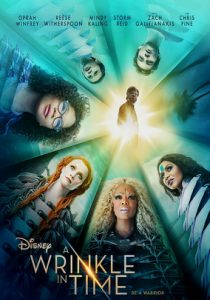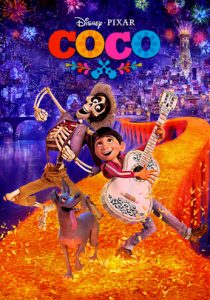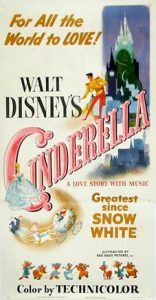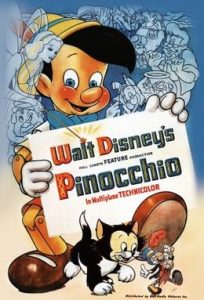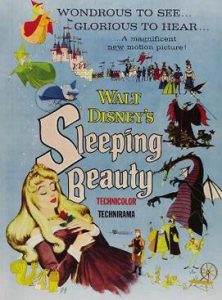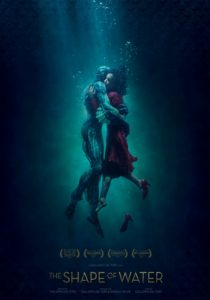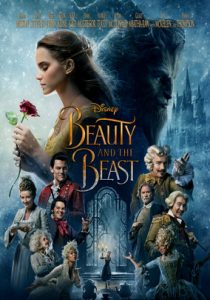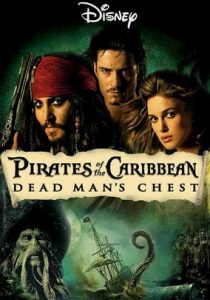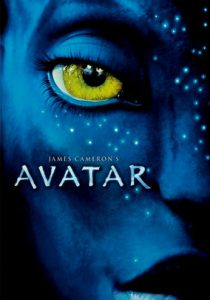Nanny McPhee-2005
Director Kirk Jones
Starring Emma Thompson, Colin Firth
Scott’s Review #1,161
Reviewed July 15, 2021
Grade: B
Patterned after the classic family film Mary Poppins (1964), but with a slightly harder edge, Nanny McPhee (2005) attempts to recreate the iconic character with a similar storyline setup.
But a couple of other family films make their presence known.
The Sound of Music (1965) is quickly added to the mix with a well-meaning but absent daddy and a slew of siblings who terrorize former and present nannies.
A scullery maid with big dreams ala Cinderella (1950) solidifies the harkening back to 1960s cinematic family fun.
Great British actors like Emma Thompson and Colin Firth add much to the film which would be mediocre without their benefits. And the iconic Angela Lansbury hops aboard in a small yet important role. They make what would be a disposable kid’s movie into something respectable, romantic, and fairly cute.
The film tries a bit too hard with the comical moments, losing the magical moments that would have made it feel more alive. Instead, most scenarios come across as campy or family-oriented.
Of course, the conclusion can be seen from the very beginning.
The effort is admirable but the story experience never feels very compelling. Thinking demographically, Nanny McPhee has much to offer the younger set. The kids will love the candy-box sets and costumes like confectionery-shop windows, the whimsy and farcical grotesqueness of it all.
The adults might be won over by the creativity and the cast.
Thompson (who also wrote the screenplay) has fun playing ugly and getting her feet dirty, her snaggletooth almost a character itself, so prominent is it featured. She is even the anti-Mary Poppins, lacking an umbrella or the high-class pose that she had.
Each time the children learn a lesson, one of Nanny McPhee’s facial defects magically disappears.
But why not just dust off the original Mary Poppins? Nanny McPhee will inevitably be forgotten since an actual remake of the Mary Poppins film was released in 2015 all but confirming the Nanny McPhee franchise as the second tier.
And Nanny McPhee made me want to revisit Mary Poppins instead of watching Nanny McPhee again.
Set in Victorian-era England, lonely widower Cedric Brown (Firth) hires Nanny McPhee (Thompson) to care for his seven rambunctious children, who have terrified and chased away all previous nannies. But McPhee is different and will have no such nonsense. She slowly wins over the children with magic and a bit of discipline.
And when the children’s great-aunt and benefactor, Lady Adelaide Stitch (Lansbury), threatens to separate the kids, the family pulls together under the guidance of their new leader.
Lansbury nearly steals the show. Short-sighted and domineering, the family is financially supported by her and Cedric cowers to her every request until she demands custody over one of the children. She also viciously threatens to reduce the family to poverty unless Cedric remarries within the month, meaning the family would lose the house, and be forced to separate.
She is deliciously wicked in the role and plays it to the hilt.
The sweet romance between Cedric and scullery maid Evangeline, played by Kelly Macdonald, works well. They resist at first, but then realize their feelings for each other and agree to marry, satisfying Aunt Adelaide’s conditions for maintaining her financial support.
Nanny McPhee (who is now fully beautiful), magically makes it snow in August, transforming the wedding scene and changing Evangeline’s clothes into a beautiful wedding dress.
This is the fairy tale ending that ultimately makes the film work and wins me over.
Nanny McPhee (2005) is solid if not remarkable.
